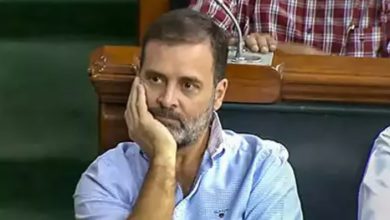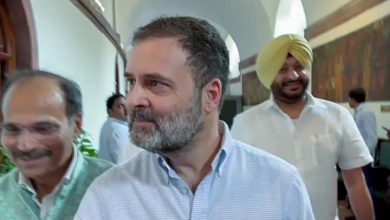
Mumbai: When the Narendra Modi-led National Democratic Alliance (NDA) government took charge of the country’s destiny four years ago, the Indian economy was still recovering from the mini-crisis of 2013—when the rupee had crashed after India’s twin deficits (current account deficit and fiscal deficit) ballooned out of control. Since then, the government has succeeded in consolidating the steps taken during the fag end of the previous government’s term to control the twin deficits of current account and fiscal, and to bring down inflation.
The government’s decision to keep farm support prices in check has helped lower inflation, and inflationary expectations. The fall in global commodity prices also helped the cause, as it helped tame inflation even as it allowed the government to raise fuel taxes to finance its expenditure.
But as it nears the finishing line, the government’s key achievement of taming inflation seems to be under threat, because of both global and domestic factors. Crude oil prices have risen sharply over the past few months, raising concerns about the twin deficits once again. And farm distress has led to a sharp rise in agrarian riots, prompting the government to announce an expansion and hike in farm support prices, which could stoke the fires of inflation once again.
Although there is some evidence to suggest that rural fortunes may be reviving now, it is not clear whether the revival will sustain, and if it will persuade the government to give up on its ambitions of an expansive farm support regime.
The other notable achievement of the Indian economy over the past few years has been the remarkable rise in foreign flows, and in particular, in foreign direct investment (FDI). From being considered to be among the Fragile Five among emerging markets five years ago, the Indian economy has emerged as a top investment destination, with a ratings upgrade from Moody’s Investor Services last year.
The domestic investment cycle has however disappointed, and so have exports. While the government had the good fortune of lower oil prices for most of its term, it had also had the misfortune of inheriting a messy bad debt problem, which have slowed down investments. The slowdown in exports, particularly in small-scale labour intensive sectors, may however have been a self-inflicted wound. These sectors bore the brunt of the government’s attempts to formalize the Indian economy.
With two cylinders of India’s growth engine (investments and exports) failing to fire, the Indian economy has largely depended on the other two—consumption and government expenditure—to power growth.
On its part, the government has tried to revive investments by easing business regulations. The headline numbers of the World Bank’s ease of doing business rankings show a spectacular rise in India’s rankings in 2018. However, this rise is driven more by methodological changes, and less by domestic initiatives, as research by Justin Sandfeur and Divyanshi Wadhwa of the US-based think tank, CGDev, show.







